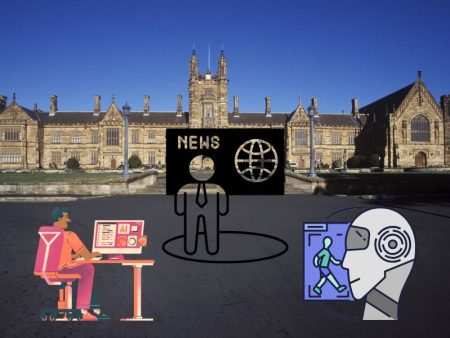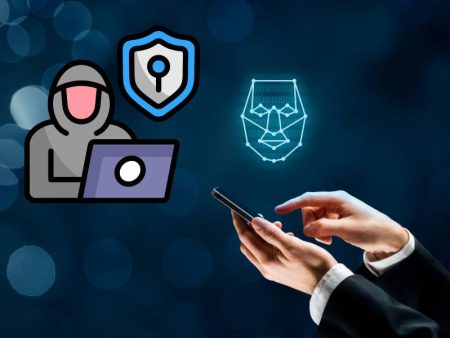You remember that moment in a sci-fi movie—the sleek spaceship hums, the hero types something into a glowing console, and suddenly a disembodied voice answers back. Cool, calm, kind of eerie. It knows everything. Doesn’t blink (because, well, it doesn’t have eyes), and somehow sounds more confident than half the humans on board.
We grew up watching these voice assistants—HAL 9000, KITT from Knight Rider, J.A.R.V.I.S. from Iron Man—and let’s be honest, we didn’t really expect to be talking to machines in real life. And yet… here we are.
But the journey from creepy-cool sci-fi fantasy to the warm, helpful voices we hear today? Oh, it’s been a ride. Not just techy breakthroughs, but emotional ones too.
Let’s rewind a bit—like, way back
Long before Alexa or Siri casually chimed in with weather forecasts, the earliest attempts at synthetic speech were… let’s say, experimental. Picture this: it’s the 1930s. Engineers at Bell Labs are fiddling with wires, and they invent something called “The Voder.”
It was clunky. It required a highly trained operator just to make it say basic words. But hey, baby steps. For the first time, a machine could mimic speech using filters and switches. Was it elegant? Nope. Did it matter? Not at all. History was being made.
Then came the 60s and 70s. HAL from 2001: A Space Odyssey wasn’t real, but IBM’s early text-to-speech systems were inching closer. The voices were robotic—monotone, stiff, like someone reading a shopping list while under anesthesia. But that eerie monotone? It was the future. We didn’t care that it didn’t emote. It talked. That was enough.
The 80s and 90s: Say hello to personality (kind of)
Do you remember Speak & Spell? If you grew up in the 80s, that tinny voice spelling words at you probably still echoes in your head. “Spell… elephant.” And you did. Because back then, machines talking to us felt magical.
The 90s brought more refinement. Windows had early screen readers. Voice synthesizers began helping people with speech impairments—Stephen Hawking being the most famous example. His voice? That iconic, robotic tone? It wasn’t a limitation. It became his voice. It had identity.
Still, let’s be real. We weren’t exactly bonding emotionally with these voices.
The 2000s: Voices get an upgrade (finally)
Now this is where things start getting juicy. Voice synthesis entered the era of natural language processing. Suddenly, tone and pacing started to matter. Instead of just spitting out words, the machines tried to sound human.
And let me tell you: this was no small leap.
The voices now had inflection. Rhythm. Even pauses—those beautiful little pauses that make speech feel alive. You know, like when someone’s thinking or reflecting or even being a little sarcastic?
Companies like Nuance and Microsoft were investing big. Google joined the party too. Then came Apple’s Siri in 2011, and everything changed. We weren’t just listening—we were talking back.
Then came AI: Things got real, fast
Fast forward a few years and boom—AI-driven voice models burst onto the scene. With deep learning and neural networks, suddenly machines weren’t just mimicking human speech. They were learning it. Understanding it. Refining it with every sentence spoken.
We went from stiff, scripted lines to full-on conversations. Ever talked to an AI today and thought, “Wait, is that… a person?” Yeah. That.
Synthetic voices now laugh, whisper, express disappointment, even change mood mid-sentence. It’s not just functional anymore—it’s emotional.
Okay, but… can we trust these voices?
Let’s take a second to ask a big one: If synthetic voices sound just like humans, how do we know what’s real?
That’s where ethics come in. Deepfakes? Yeah, spooky. AI-generated political speeches? Yikes. But the flip side? Incredible accessibility. Imagine someone regaining a voice lost to illness. Or a non-verbal child expressing thoughts through customized vocal tones.
It’s a double-edged sword, like most tech revolutions. The challenge is using it for good—empathy, inclusion, connection—not deception.
Real voices, real emotions—how close are we?
I’ll be honest—I’ve heard AI-generated voices that moved me. Literally gave me chills. A bedtime story voiced with soft inflection. A motivational script that sounded like it cared. And that’s weird, right? But also… kind of beautiful.
Because here’s the thing: emotion isn’t just about what’s said—it’s how it’s said. And AI has figured that out.
Does that mean machines have feelings? No. But they can now replicate the sound of feeling. And in many ways, that’s enough to help us connect.
Where are we now? (Spoiler: It’s kinda wild)
We’ve got voices that adapt to context. Voices that change their energy based on your mood. There are platforms that let you generate audio stories, lectures, and podcasts with voices so real, you forget they’re synthetic.
And the wildest part? You don’t even need complex setups. Some platforms offer AI Voice Generator Unlimited Words, letting you craft rich, expressive audio content without limits. It’s not just fancy tools for engineers anymore. It’s in the hands of writers, teachers, entrepreneurs—you name it.
Whether you’re creating an audiobook, building a game, or just playing around with fun voiceovers, there are even tools offering AI Voice Maker No Sign Up. That means barrier-free creativity. Imagine that!
The next leap: Voices that know you
Look ahead a bit. What happens when synthetic voices aren’t just lifelike, but personal?
Think of an assistant that doesn’t just speak clearly, but knows when you’re stressed. One that shifts tone when you’ve had a bad day. Or tells a joke when it senses you could use one. That’s not fantasy—it’s in the pipeline.
Also, imagine your favorite author creating a new book, and instead of just publishing text—they “perform” it through their own AI-generated voice. That’s next-level storytelling.
And don’t even get me started on how Text To Speech AI tools are now blending speed, tone, and expression into seamless, emotional content. This isn’t your grandma’s robot voice, folks.
A pause for nostalgia (and hope)
I remember watching Star Trek as a kid and thinking: “Talking to a computer? That’ll never happen.” Ha.
But beyond the nostalgia, there’s a bigger feeling. One of hope. Technology that helps people express themselves, be understood, feel heard—that’s the kind of sci-fi I want to live in.
The journey from HAL to Siri to whatever comes next? It’s not just about better tech. It’s about closing the gap between expression and understanding.
Final thoughts: It’s not about the voice—it’s about the listener
If there’s one thing I’ve learned from following this journey, it’s that we’ve never been chasing “perfect” voices. We’ve been chasing relatable ones. Voices that speak our language, match our energy, make us feel less alone.
The evolution of synthetic voices is, at its core, about us. Our desire to connect. Our need to be seen, heard, understood—even by a machine.
So yeah, maybe sci-fi got it right. But reality? It might be even better.


